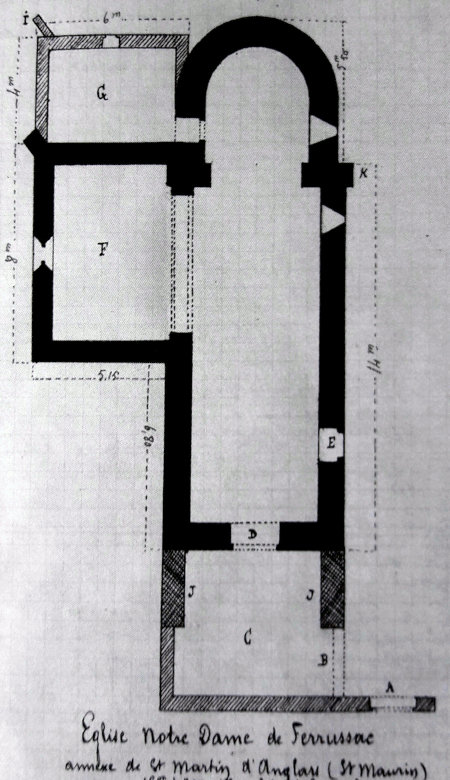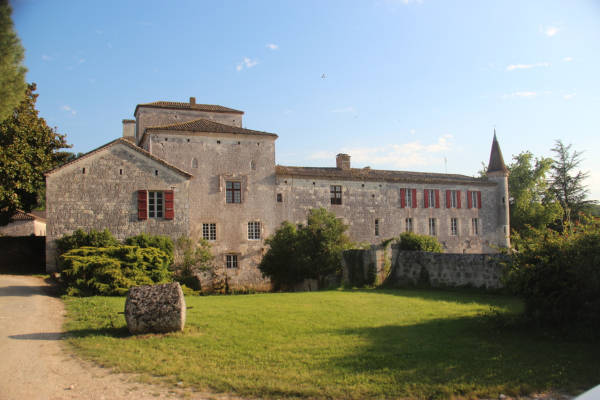The origins of the fortified mill at Ferrussac lie deep in the early centuries of the Christian era. Indeed, the church situated on the estate (Notre Dame de Ferrussac) was most probably built on the foundations of a Gallo-Roman villa, as the ‘-ac’ at the end of the name attests.
This fortified mill, the property of a vassal of the counts of Durfort, was bought by abbot Guillaume d’Albusse in 1424. Jean 1st de Boville later usurped the rights to the mill and after arbitration in 1452 he retained the estate for a payment of 120 gold ecus. It remained the property of the de Bovilles until in 1606 it was offered to Bertrand 1st d’Audevars, the King’s governor at Casteljaloux.
Come and immerse yourself in the 3D virtual visit of the church. An unforgettable experience! Launch the visit by clicking on the video Matterport.
The creation of this virtual tour was 100% financed by the Lot-et-Garonne 2022 Citizen’s Participatory Budget.
The Audevars family – the Ferussac bulletin – arboriculture
This family waged war from one generation to the next. They took the name of the estate and history records them as the Audebarts of Férussac.
Two military men, Jean-Baptiste Louis (1745-1815) and his son André Étienne (1786-1836) were distinguished authors of works of natural history: geology, fresh-water molluscs. André directed the Bulletin de Férussac, an enyclopedic journal which published the works of almost 300 scientists. Between 1823 and 1831, 170 volumes of the Bulletin de Férussac were published.
In 1762 the Ferrussac estate passed by marriage to the d’Ales de la Tour family; then in 1796, again by marriage, to the Sevin family, who retained it until 1923. It is worth noting that the last Lady of Ferrussac, a direct descendant of the Audebarts, died in 1856 without a direct heir.
In 1938, Ferrussac was bought by Jules Gernez. Since then four generations of this family’s descendants have developed a fruit-growing business on the estate (apples, prunes…)
Architecture
The date of construction of the mill is unknown. It was already in existence in the 12th century, and we can see how its systems of defence evolved in step with the development of weapons: arrow slits in the 14th century, their transformation into firing posts for firearms… Its interior courtyard is still surrounded by a moat on three sides and one would need to follow a tortuous route to divine its origins.
From the Renaissance onwards the mill began its transformation into a more comfortable residence: large mullioned windows were cut into the walls and the height of the rooms was reduced.
At the end of the 17th century major modifications increased yet again the comfort and convenience of the mill, in particular the addition of new windows, creation of new rooms and the multiplication of chimneys.

Church of Notre Dame de Ferrussac
Originally a Romanesque church, it has suffered from the ravages of time. The privately-owned church is today disused.
An arched doorway gives access to the cemetery surrounding the church.

Under the Ancien Régime, it was the second archpriestship of the diocese.
The walled porch protects the flat-topped basket-handle arch of the entrance door; it is surmounted by the pointed bell tower, pierced by two archways and supported by two buttresses.
From an architectural point of view, the most interesting part of the church is the ogival side chapel to Notre Dame (F on the plan): original ogival window, the vault ribs resting on ancient columns, themselves resting on double Romanesque plinths.

